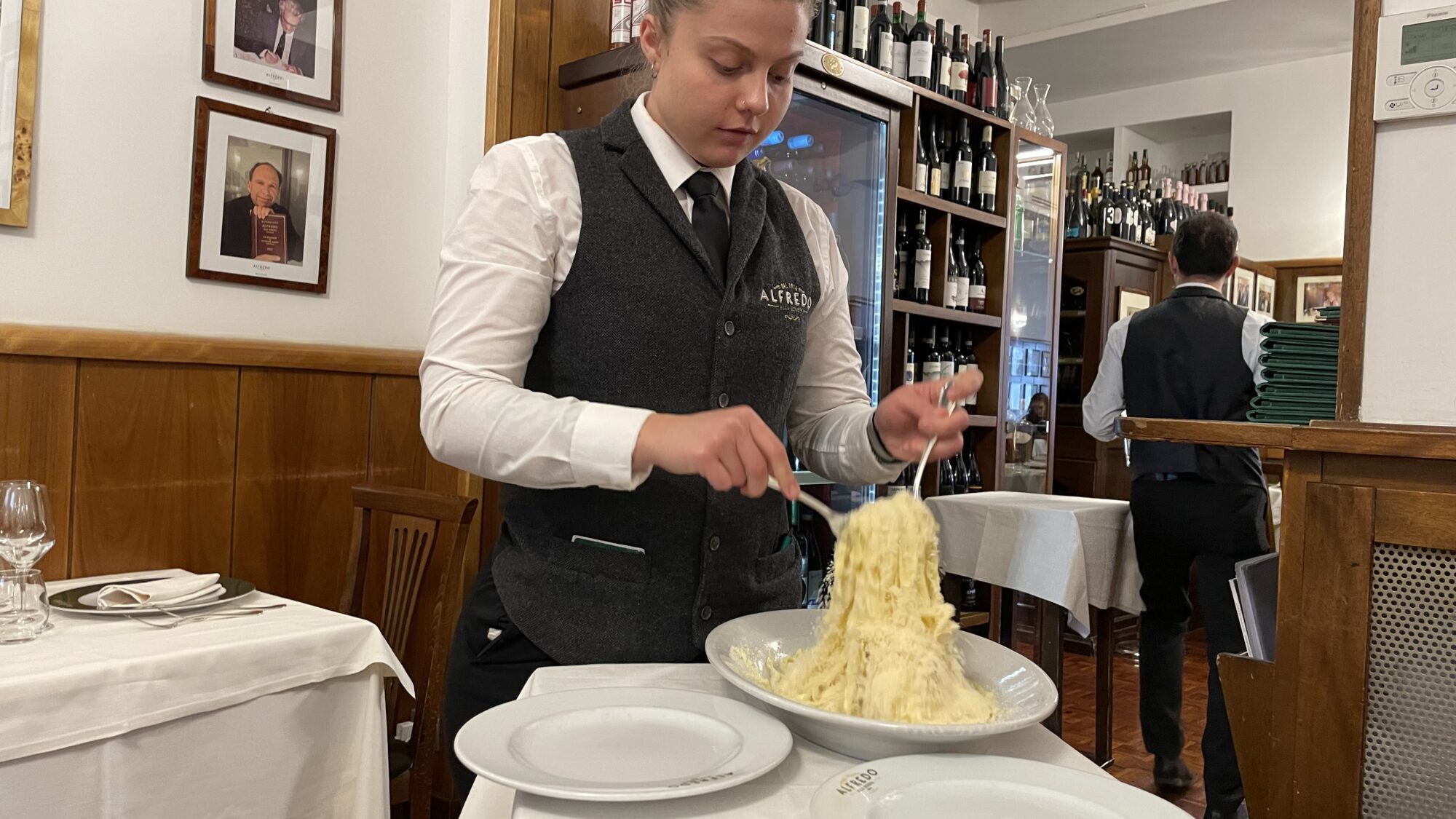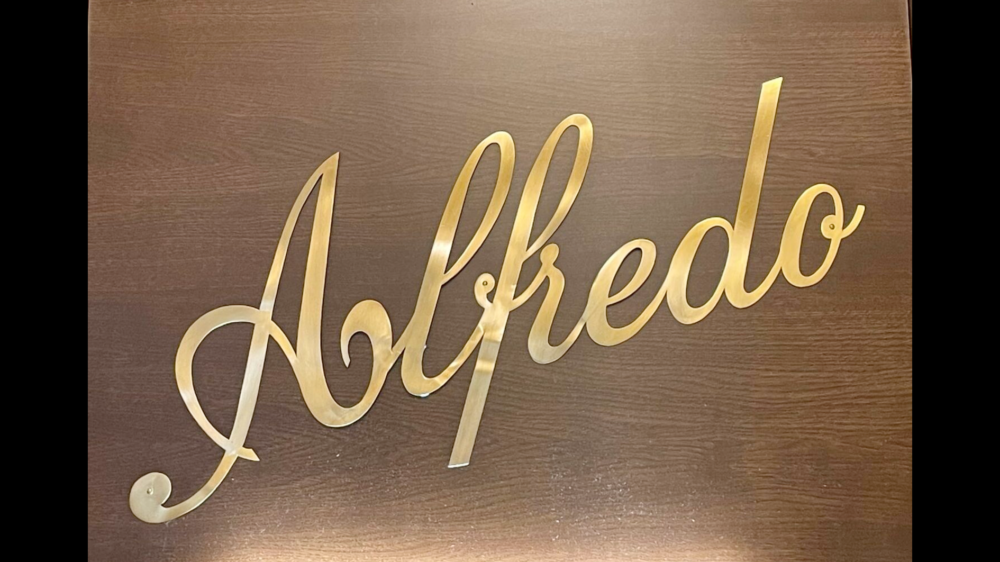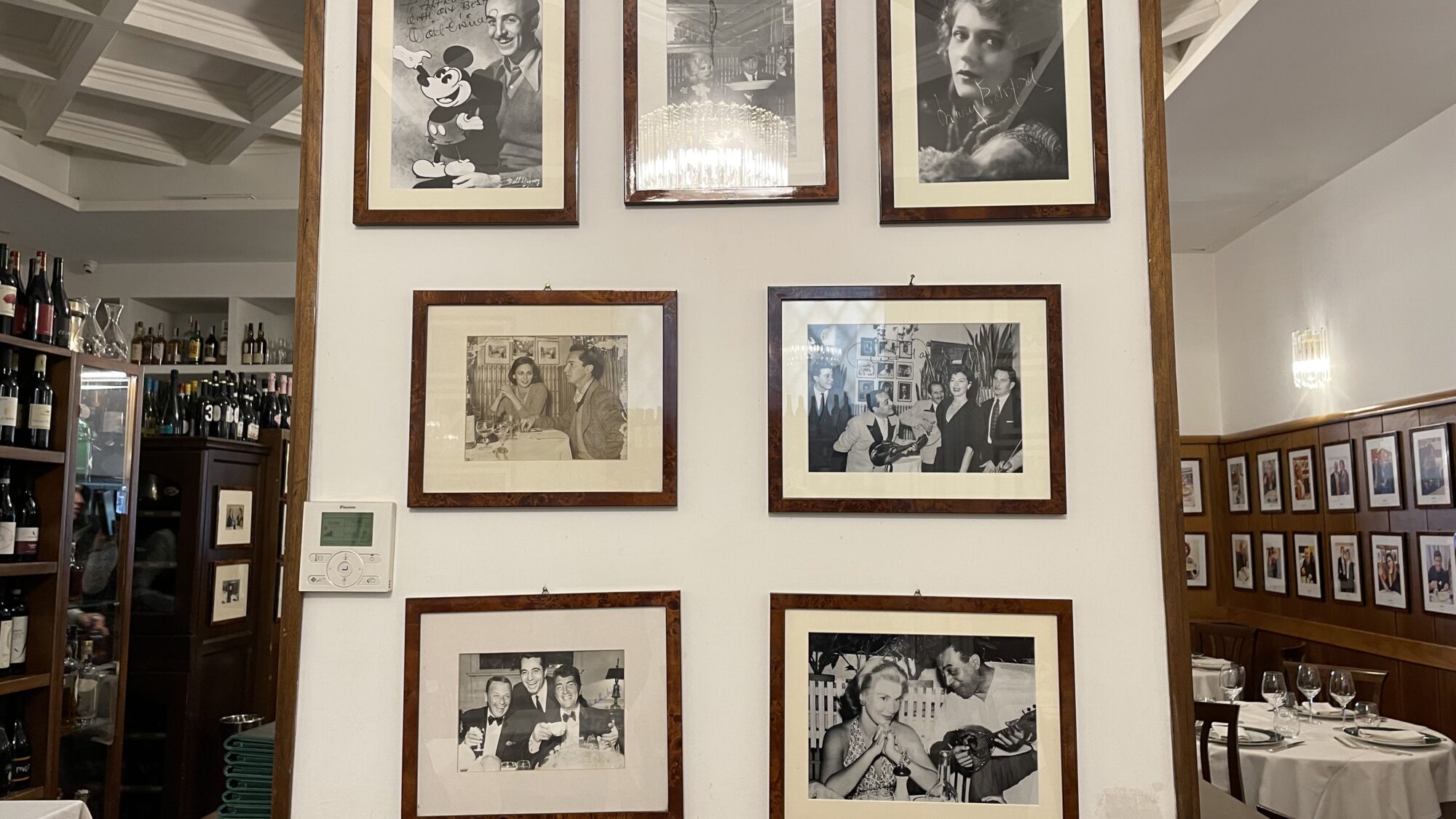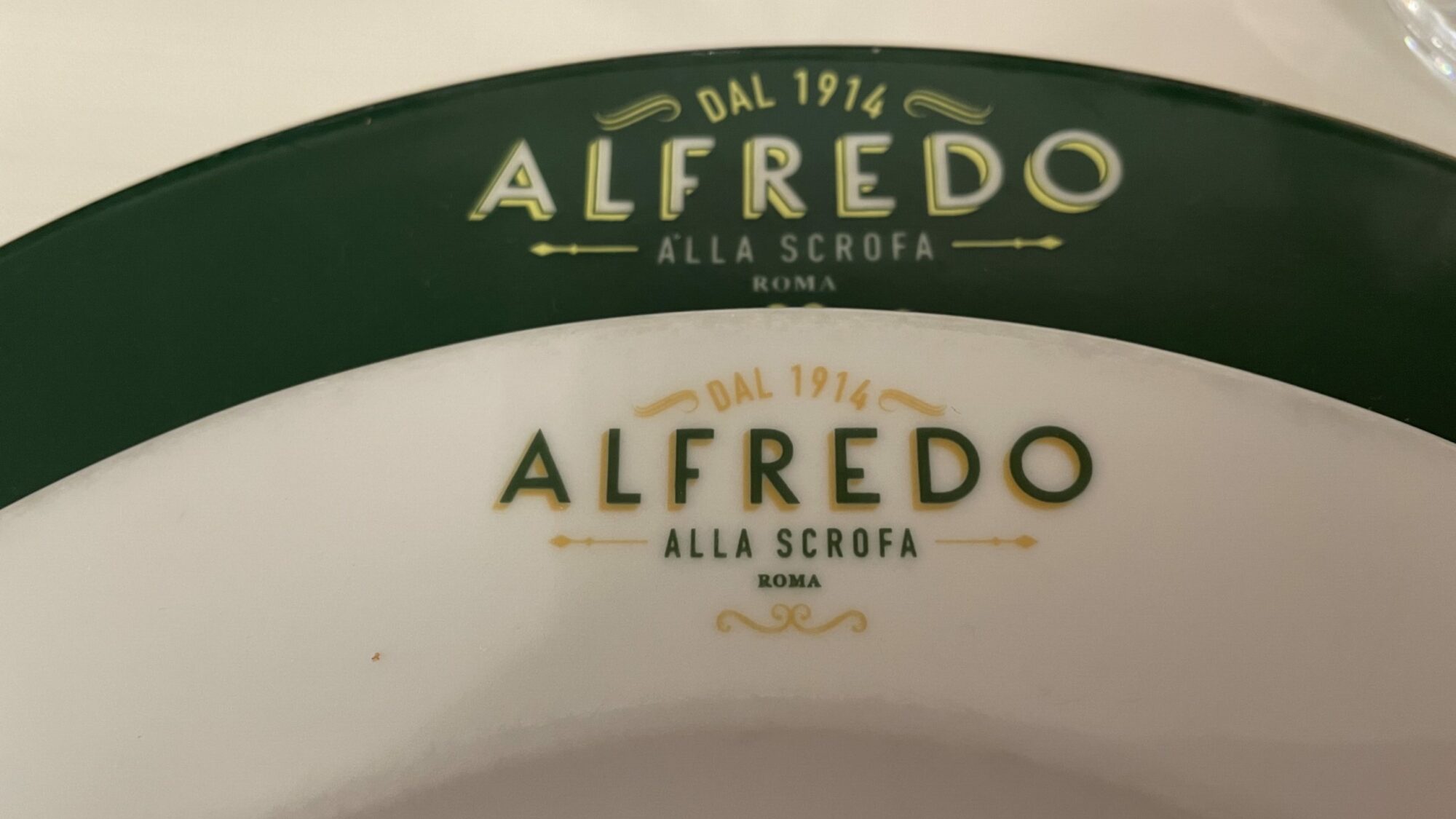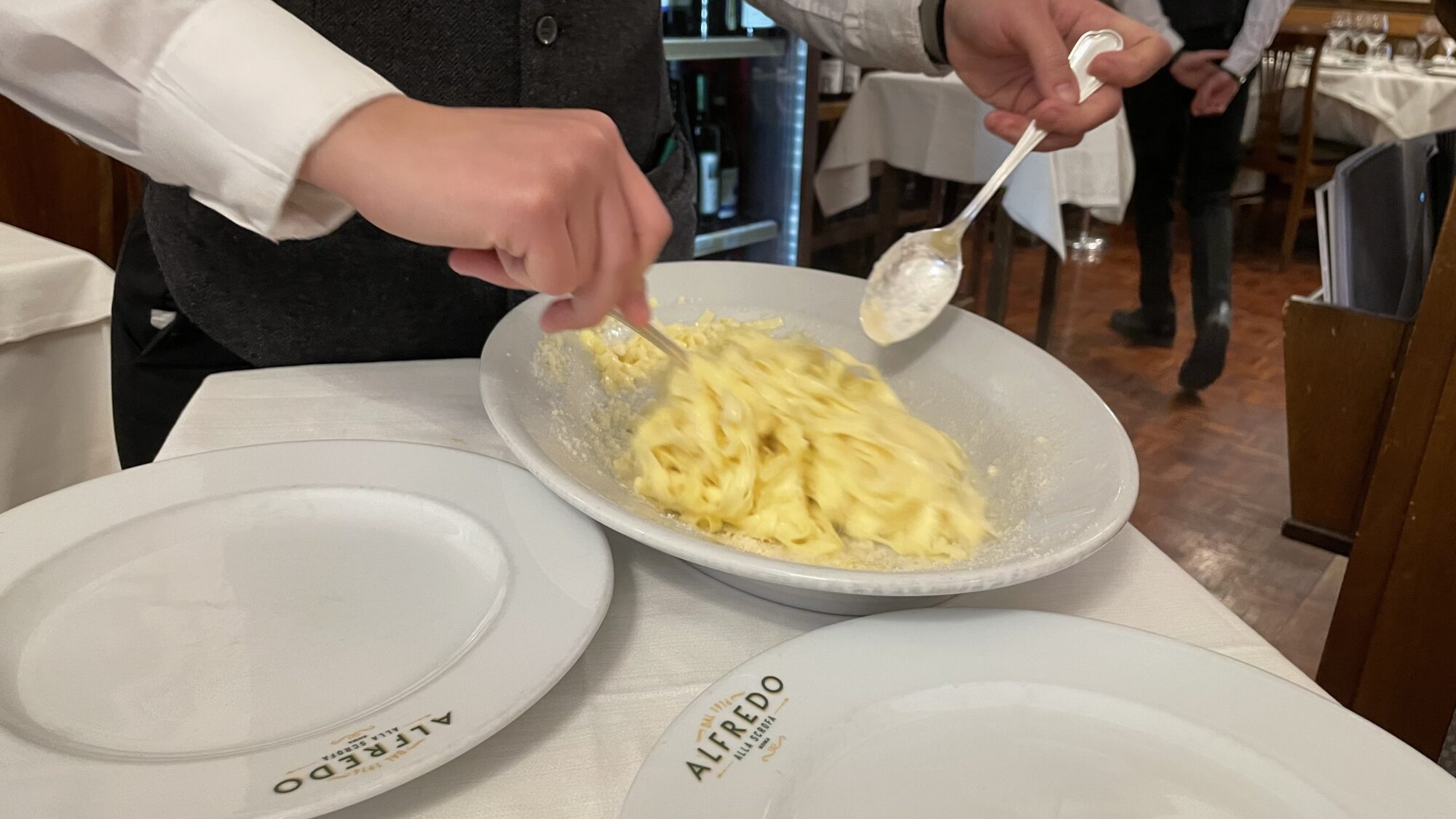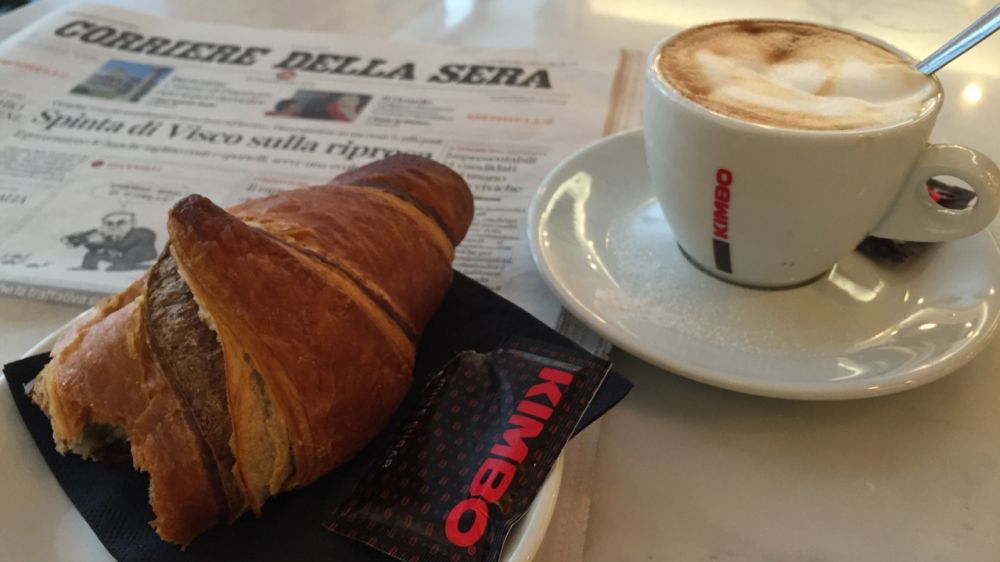Alfredo Who?
In the gastronomic pantheon, hundreds of foods take their names from famous figures, spanning the whole alphabet from Eggs Benedict to Caesar Salad, Beef Wellington to Peach Melba.
In Italy the most popular dish in such a category has to be the pizza Margherita, which, according to the legend, was created by Raffaele Esposito Brandi in 1889 for queen Margherita of Savoy, mixing tomatoes, mozzarella cheese, and basil leaves — green, white, and red, just like the Italian flag. While this is likely apocryphal, the myth still holds strong.
In second place, I’d put the Negroni cocktail.
Viewed from abroad, however, it’s another story: for non-Italians, one of the best known Italian dishes is Fettuccine Alfredo, invariably mispronounced as Fettuccin-i. Pity that almost no one outside of Rome knows what that name stands for. Pasta, sure, but with what? Alfredo who?
So this begs the question: who is Alfredo? Time for some gastronomic archaeology, wrapped in a layer of unverifiable folklore.
According to the story, the dish was born in Via della Scrofa in 1914, when restaurateur Alfredo di Lelio, concerned about his pregnant wife’s scarce appetite, decided to take things into his hands, and whisked up some fresh, egg-rich pasta — fettuccine — which he proceeded to slather in butter and parmigiano cheese, all emulsified with some of the pasta’s cooking water, so as to make it creamier. Certainly a hearty dish. So hearty and delicious, indeed, that pretty much all over Italy whenever you’re sick, the go-to dish that parents make for their kids is a simplified version of this dish, called “pasta in bianco”.
That (non) recipe must have worked wonders, because Alfredo and his wife decided to add it permanently to their restaurant menu. But the fame came later, in the late 1920s, when Hollywood actors Mary Pickford and Douglas Fairbanks, during their honeymoon in Rome, tasted the dish and fell in love with it. They spread the word in the US, and the myth was born. As a sign of affection, the actors sent Alfredo a golden spoon and a fork, with their names engraved. In case you’re wondering, the original ones were later confiscated, during the Nazi-Fascist regime by a Nazi official, but they’ve since been replaced.
During WW2 the restaurant Alfredo alla Scrofa was closed, and Alfredo decided to sell it (and the menu) to his waiters, who reopened it after the conflict, and is now owned and managed by Mario Mozzetti and Veronica Slavatori, who are still serving that iconic dish.
In 1950 Alfredo di Lelio decided to open up another restaurant, just a few hundred metres from his first enterprise, and called it “Il Vero Alfredo“. Guess what’s on the menu? Fettuccine all’Alfredo, of course.
So, which one is the original one? And more importantly, why so much fuss about a simple pasta made with double (or is it triple) butter? Well, it was never just a simple dish of pasta. It was originally served while a little orchestra was playing live, with the lights off, using those same gold pieces of silverware, while putting on a sort of propitiatory dance, a waltz if you will, swooshing and slithering the pasta around the serving plate with butter, directly at the table: a proper pantomime, beginning to end. These days, while the live music is gone, the motions to create the perfect cream live on.
And then there was the brilliant idea of sexying up the name: why call it just pasta with butter, when you can go for a more exotic “fettuccine all’Alfredo”? The walls of both places are plastered with photos of the who’s who of the Dolce Vita years, a testament to how much this dish entered the zeitgeist of an era.
Sure it’s touristy, but sometimes a stroll down memory lane is a fun, cheesy way to spend a meal, even if it’s just for a very cheesy pasta.
Luisa did a horizontal tasting — she went to both Alfredo’s — so you don’t have to. If you want to hear her thoughts about that experience, and who’s got the best butter, write to her here.
